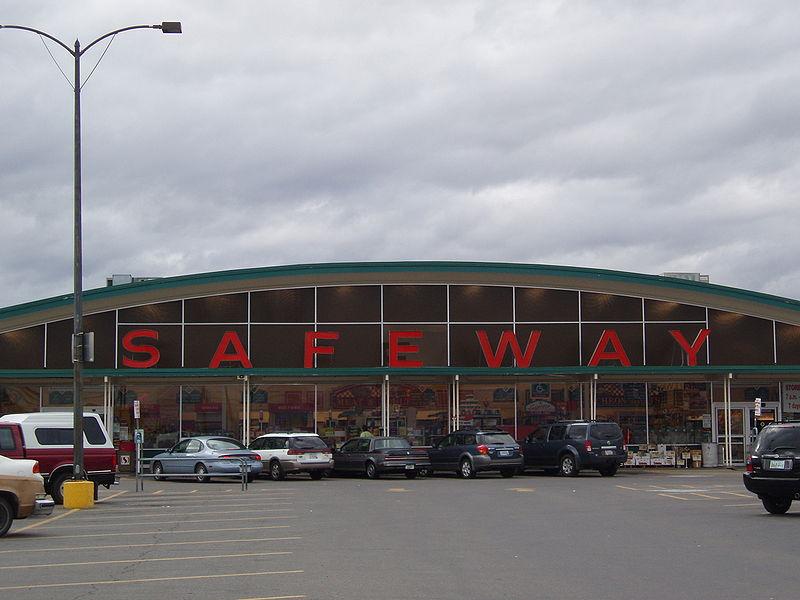
Safeway, the second-largest supermarket chain in North America, is making progress toward its environmental goals, according to its sixth annual sustainability report released last week.
One of the chain's most notable targets is to eliminate 1 billion paper and plastic bags in its stores by 2015 -- and it has already eliminated more than 300 million plastic and paper bags. Safeway is also halfway toward the goal of sourcing of all of its fresh and frozen seafood from either sustainable sources or sources making credible improvements by 2015.
Additionally, Safeway has a goal of producing zero waste across all of its operations. (To qualify as zero waste, a facility has to recycle or divert at least 90 percent of materials that would have been sent to landfills.) A total of nine of its 13 distribution centers and nine of its 20 U.S. manufacturing and food processing plants have already achieved zero waste.
Taking things a step further, two of the grocer's California distribution centers, Santa Fe Springs and El Monte, haven't had a trash pickup since. The two facilities combined are almost 2 million square feet and serve over 270 stores.
Water efficiency projects conserve use
Safeway’s headquarters are based in California, a state experiencing one of its worst droughts on record. So, naturally, the supermarket chain thinks conserving water is important. It has saved over 1.2 million gallons of water by using water cooling tower technology installed at four distribution centers. This year, Safeway is in the process of installing aerators on the water faucets in its stores to reduce water use.
Another way the company conserves water is through employee education programs: Colorful signs are used to remind employees to change their behaviors and encourage them to “conserve water.”
Green building is key
Green building is a key aspect of Safeway’s sustainability program: In 2009, it opened its first LEED Gold-certified store in Santa Cruz, California. Two more stores achieved LEED Gold certification in 2013, bringing the total to 10 LEED-certified stores. The LEED-certified stores share certain attributes that include water-efficient landscaping and features such as flow-control plumbing fixtures that need limited water.
Renewable energy powers some Safeway stores
Solar power in 35 Safeway stores saved 8.3 million kilowatt hours in 2013, the report notes. Safeway added 13 solar power systems to U.S. stores last year, with each system generating about 20 percent of the stores's energy needs.
Solar power is not the only renewable energy used by the retailer: Safeway is one of the first U.S. retailers to install on-site, utility-grade wind turbines. Its distribution center in Tracy, California has two 1-megawatt wind turbines, which generated around 2.1 million kilowatt hours of electricity in 2013.
Greening its fleet
Safeway also recycles used cooking oil from stores in the California and Northwest divisions into biodiesel for its truck fleets. This reduces the amount of conventional diesel used to power trucks, thus reducing greenhouse gas (GHG) emissions.
Biodiesel is not the only way it cuts GHG emissions from its fleet: Safeway is currently testing five trucks that run on liquefied natural gas, which produces 26 percent less GHG emissions than diesel, at its Vons distribution center in Southern California.
Image credit: Wikipedia
Editor's Note: An earlier version of this post claimed Safeway planned to entirely eliminate the use of plastic and paper bags in its stores. The post has been updated to correct this inaccuracy.

Gina-Marie is a freelance writer and journalist armed with a degree in journalism, and a passion for social justice, including the environment and sustainability. She writes for various websites, and has made the 75+ Environmentalists to Follow list by Mashable.com.














